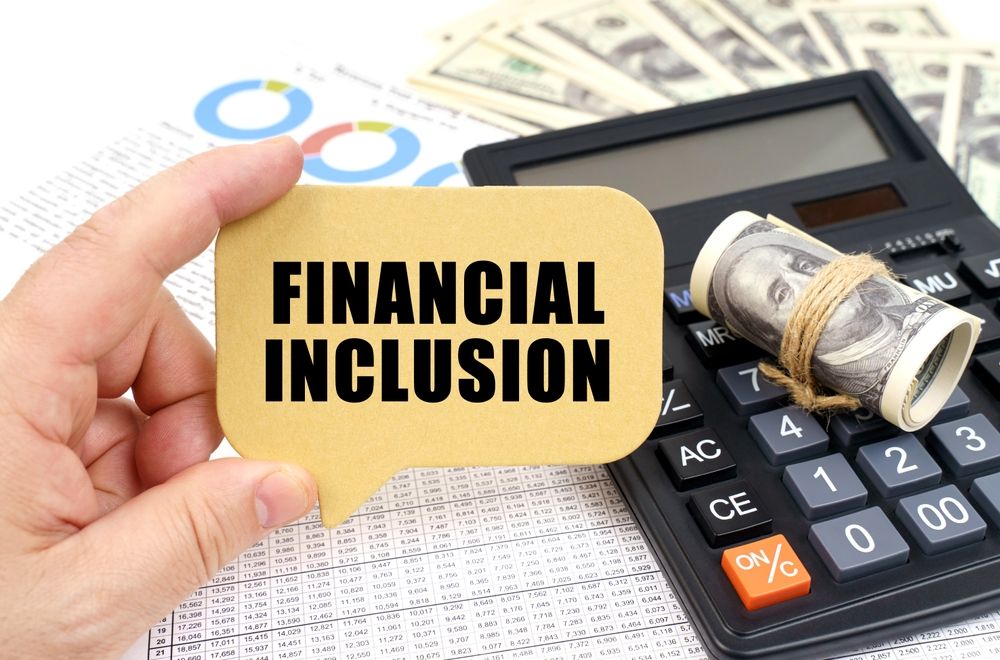
Welcome to a world where the term “banking” is being redefined to encompass not just the privileged or those living in bustling city centers, but every individual, irrespective of their geographic location or economic status. The concept of financial inclusion is not just a buzzword; it’s a movement—a transformative force that is reshaping the financial landscape and empowering millions around the globe. New banking models have emerged as powerful tools in bridging the gap between traditional financial services and the underserved populations. Let’s dive into the innovative world of inclusive banking and explore how it’s changing lives for the better.
Understanding Financial Inclusion
Financial inclusion is the pursuit to make financial services accessible at affordable costs to all individuals and businesses, irrespective of their net worth or company size. This concept is crucial because access to a well-functioning financial system can serve as a stepping stone to economic opportunities. It allows people to invest in education, health, and business opportunities, manage risk, and weather financial shocks, ultimately contributing to a more equitable and thriving society.
New banking models that promote financial inclusion typically focus on removing barriers that have traditionally excluded the poor or those living in remote areas. These barriers can include high fees, the need for formal identification, a lack of nearby financial institutions, and the absence of credit history. With an inclusive approach, banks and financial service providers are innovating and using technology to extend their reach and provide essential services to a broader audience.
The Rise of Digital Banking Platforms
One of the most significant changes in the banking sector is the rise of digital banking platforms. These platforms operate primarily, or exclusively online, without the traditional brick-and-mortar branch networks. Digital banking has been a game-changer for financial inclusion as it offers convenience, lower costs, and scalability. The reduced overhead enables these platforms to offer services at a fraction of the cost of traditional banks, which is particularly important for those with low income.
Moreover, digital banking platforms often employ innovative technologies like artificial intelligence, machine learning, and blockchain to provide personalized financial advice, enhance security, and simplify the banking process. This can include mobile apps that allow users to track their spending, save money, and access credit—all from their smartphones. As smartphone penetration increases globally, digital banking platforms are becoming increasingly accessible, thus playing a pivotal role in driving financial inclusion.
Microfinance and Peer-to-Peer Lending
Microfinance institutions (MFIs) have been at the forefront of financial inclusion for decades, providing small loans to those without access to traditional banking services. These loans can help entrepreneurs start or grow businesses, leading to economic growth and job creation. Microfinance has evolved over the years and now includes savings, insurance, and money transfer services.
In addition to traditional microfinance, peer-to-peer (P2P) lending platforms have emerged as a complementary force in financial inclusion. P2P lending connects individual borrowers with individual lenders through an online platform, bypassing traditional financial intermediaries. This can result in more favorable interest rates for borrowers and higher returns for lenders. P2P lending has made it easier for individuals with limited credit history to access financing, further bridging the financial services gap.
Leveraging Mobile Money for Inclusive Banking
Mobile money services have revolutionized banking in many developing countries, especially in regions where traditional banking infrastructure is lacking. Mobile money allows users to store and transfer funds using their mobile phones, providing a secure and convenient way to conduct financial transactions without the need for a bank account.
Operators like M-Pesa in Kenya have achieved widespread adoption, enabling users to pay for goods and services, receive remittances, and access other financial products. The success of mobile money platforms has demonstrated that with the right technology and regulatory environment, financial services can reach far and wide, including to the most rural and underserved areas.
Regulatory Frameworks and Collaboration
The expansion of financial inclusion is not possible without supportive regulatory frameworks that encourage innovation while protecting consumers. Regulators have a crucial role in creating an environment that allows new banking models to flourish. This includes implementing policies that ensure the integrity of financial services, protect consumer data, and prevent financial crimes.
Collaboration between regulators, traditional banks, fintech companies, and non-financial businesses is also essential in promoting financial inclusion. Partnerships can leverage the strengths of different sectors, such as the widespread distribution networks of telecom companies or the financial expertise of traditional banks, to deliver comprehensive financial services to the unbanked and underbanked populations.
The journey towards universal financial inclusion is well underway, with new banking models playing a central role in this transformation. Digital banking platforms, microfinance, P2P lending, mobile money, and supportive regulatory frameworks are all contributing to a more inclusive financial ecosystem. As we continue to innovate and collaborate, the dream of bringing financial services to everyone, everywhere, is becoming an ever-closer reality. The impact of financial inclusion on individual empowerment and economic development cannot be overstated, and it is a goal that we must all strive to achieve.
